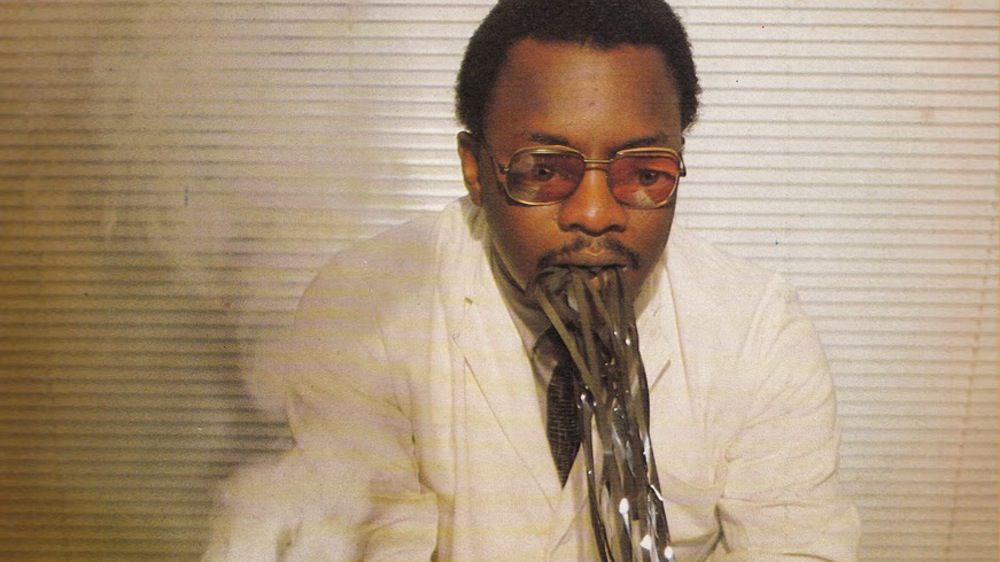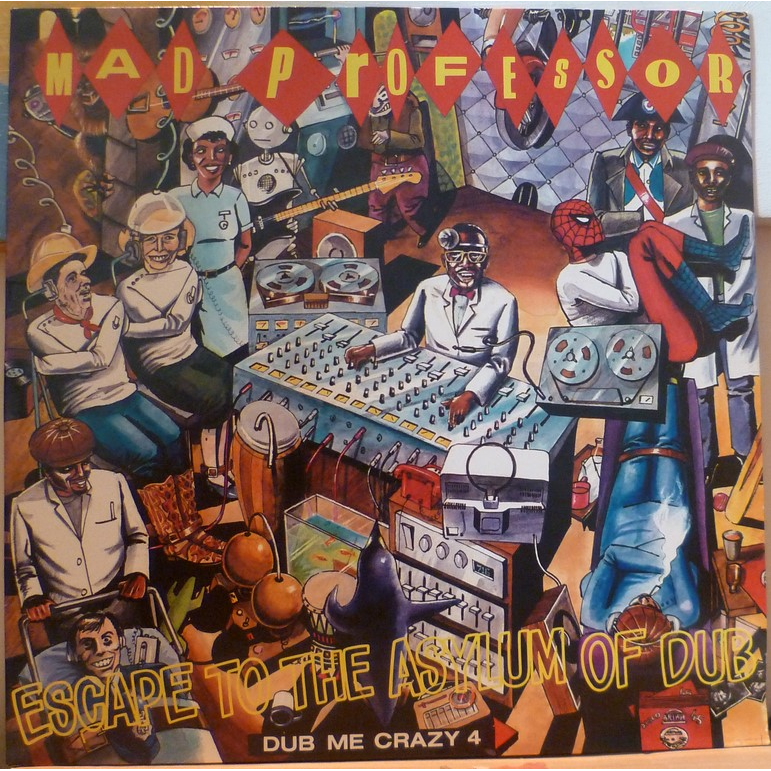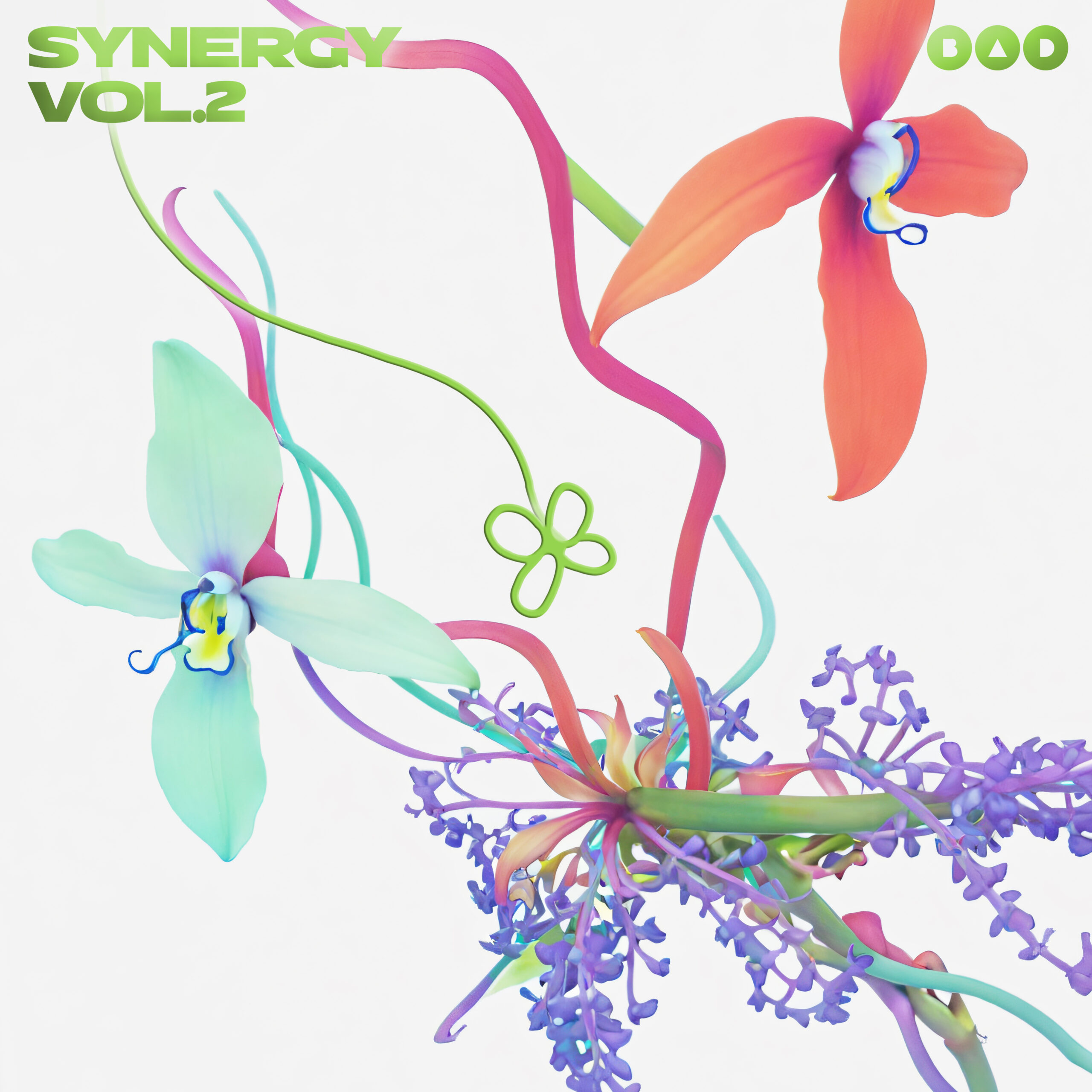Dub Me Crazy! – Mad Professor Talks

The dub producers of the 1970s invented the language of dance music. Space age effects, deep bass, percussive breaks, other worldly synths and echoing rhythms – the basics of rave – were all honed in the deep dub experiments concocted by the likes of The Scientist, Lee Scratch Perry, and the UK’s very own Mad Professor. Active since the late 70s, the Professor has been releasing dub records via his Ariwa label every year since 1978. Along the way he’s worked with pop stars, punk bands, rastas and ravers, splicing all and sundry with his trademark mix of DiY dub sirens and home built echo – as it happens, his name comes from his fiendish ability to hand build studio kit.
With the benefit of hindsight, his groundbreaking ‘80s series Dub Me Crazy, a peerless run of albums built from sparse rhythms and depth charge bass, served as a signpost to the future that- when first released- could only be understood by a perceptive few. Now it seems only fitting that he’s appearing as part of the Outlook Orchestra, live mixing grime, hip hop and jungle acts at an event at the Southbank on Jan 12th – everyone he’s appearing alongside, from Congo Natty to Newham Generals, has in some way been prefigured by Mad Professor’s sense of experimentation.
Given the chance to get some interview time with the Professor before this show, we used it as an opportunity to get the lowdown on the early days of Ariwa, and catch up with what he’s got cooking up now…
You got your name from all the kit you were building – what was the first thing you made?
The very first thing was a radio, but the first real musical thing I built was a spring reverb – in the mid-70s you had a lot of magazines that would print up circuits. There were loads of hobby shops around England at that time, so you’d go up to a hobby shop to buy all the bits, learn about voltages and currents, transistors and capacitors, and you’d get your soldering iron out and put it all together.
Do you still have that reverb unit?
Haha I doubt it. Probably up in a loft somewhere. It was quite basic you know.
So had you built it to use with an instrument that you played?
No, my approach was through the technical side, I wanted to do some recording and get into a studio. I wasn’t really approaching it from a musical side. After I started the studio I then had loads of local musicians who wanted to come round and record and test thing out. There was no shortage of people who wanted to play. This was when I was using my house in Thornton Heath, near Croydon – it was literally round the corner from where we are now. I started there, then after a few years I moved to Peckham. I was in Thornton Heath from around ‘78 til ’82. I had to move the studio because it just got too busy! It was just in an ordinary house in Thornthon Heath and people were constantly coming and going, the neighbours were getting very disrupted (chuckles). At that time I was in my early 20s, I had no history and no credibility, so I thought everyone who came to work with me was wonderful, was superb.
When you started out people were far more interested in the artists performing rather than the producer- you were one of the first in the UK to change that relationship and become a name in your own right-
That’s right, at that point the producer was this unknown person who’s name might or might not be on a record. The producer had no real profile; artists had profile up until the late 70s when the producer started coming out into the open. And it wasn’t until the 90s that producers became performers – up until 90s the performers were the artists, not the producers.
And a lot of the reason people started to notice you as a producer was the very unique sound you created – all those odd textures add effects- what were you listening to for inspiration?
I was listening to producers on a dub axis – people like King Tubbys, Lee Scratch Perry. I was also listening to a lot of soul records – a lot of soul records were very adventurous in their techniques – Motown records would use phasers, and Philadelphia soul would use reverse tapes and stuff like that. There were loads of things you’d listen to and think, ohh this is amazing! Those records are ahead of their time!
Talking of being ahead of its time, when you listen to Dub Me Crazy now it still sounds very futuristic and very unusual – was that made when you’d moved studios?
That was finished when I moved studios. Some of the tracks were started in Thornton Heath but the whole thing was mixed down when I moved to Peckham, and that was the first release from the new studio. That was a real experimental bench mark album
I love the covers of the Dub Me Crazy records, who was behind them?
First of all it was Tony McDermot who you may have heard of, he was doing all The Scientist covers as well. Then later on we started to do stuff with a guy from Slovenia called Uhuru, who’s still doing most of the sleeves now.

In 1982, Dub Me Crazy must have sounded so far out there. What was the reaction to it at the time?
Well, when I first pressed it up I think it was mostly ignored. A lot of people in reggae just said ‘what a strange record,’ and it didn’t get played. It was sitting there for 6 months, and it wasn’t until then that John Peel called me up to say he’d heard the record, he liked it and he wanted to know if I had anymore. He started to play it, he was supporting it very strong, so he came back to me and asked if I’d do another one, and that became Dub Me Crazy 2 – Beyond the Realms of Dub.
How consciously were you trying to push it as far as you could?
I just thought that dub was the perfect music to experiment in you know? Sometimes it would work and sometimes it wouldn’t but you could do things with it.
The second Dub Me Crazy opens with Kunte Kinte, which has one of my all-time favourite melodies – where did that melody line come from? Is it an original?
Well, it’s modified from the soundtrack.
From the Roots soundtrack?
Yeah, sort of.
So the version on Dub Me Crazy is the first version of that melody? It’s been rinsed by so many people!
Yeah. That’s the first version. There were lots of glorious moments in that period.
How do you feel about the constant versioning of Kunte Kinte? A lot of it is unattributed isn’t it?
Well, part of it is illegal –hehehe – part of it is flattering, but you know, some get through and some don’t. If it’s big enough it’s worth chasing up, but you’ve gotta move on in life. The time you spent chasing up claims you could have spent making new records.
Looking at those early albums, even though there weren’t many lyrics, the track titles you chose were mostly quite afrocentric. How does that reflect on where you were at?
That’s me. I’m a UK black, In the 70s we were pro-African – we still are, but that was the start of it. Prior to that a lot of black people weren’t embracing African-ness, they viewed Africa as a savage place, all the usual stereotypes. We were the first generation that embraced Africa and acknowledged Africa as our place of origin, whether or not you came from Africa, if you’re black you are from Africa. A lot of the popular reggae songs at that time were embracing that vibe – people like Bob Marley or Burning Spear, they were very Afro-friendly.
And you also round that time did the record with the Anti-Social Workers, which was explicitly political as a record.
That reflected how the punk scene was very popular in London at that time
Was that a scene you’d had much to do with?
To some extent. I mean I wasn’t going down the road wearing needles through my ear, but musically a few people came through to me to record. You touch on different styles. One thing about London is that we have so many cultures now it’s impossible to avoid having some Indian influence and some African influence and some punk influence – it’s a highly diverse population and even then you were encouraged to love each other rather than kill each other, so you were bound to come across some punk stuff, same as you would some bhangra stuff.
Did you record some bhangra as well?
Yeah man. Some of the first albums had Indian parts on them – some of them may even be on Dub Me Crazy 1.
I’m imagining that Ariwa must have so much unreleased stuff.
I was downstairs yesterday looking at all the tapes and thinking, I’ve got to put out some of this stuff – it’s all history, and it should be heard. At the time I was making the early stuff I realised that even a lot of pop guys were listening to my music – people like Pete Waterman, guys at Warner Brothers, they were tuning in on the dub stuff we were doing quite heavy, and later on I got some remixes from them.
With remixes, you got very well known for the No Protection album you recorded for Massive Attack in the 90s – were you aware of the band before you remixed the record?
No I wasn’t you know. I’d met the guys years ago, but didn’t really know their music. Then after that, for a while then I was doing so much stuff that from Monday to Friday I might have remixed ten different records.
What about now, do you still build kit?
Ahahaha I’d love to have time to do the electronics, but most of the time I’m in the studio recording or I’m out playing gigs like this thing tomorrow.
How’s the thing tomorrow working?
I’m mixing the bands – they’re playing and some tracks are coming through my mixing desk, I’ll be mixing it. You’ll get part of the Ariwa sound, and hopefully you’ll like it.
With you keeping up with modern production, how much have you embraced digital?
Oh no, I try to keep everything in analogue, I love how you can manipulate analogue, I love how hands on it is, I love how warm it sounds, you can do a lot with it.
And finally, what are you working on now? I feel like you never stop working…
I’m working on the new U-Roy album which should be out in April or May, and I’m working on my own dub album which is currently untitled, that’ll be out later in the year. I’m still getting new ideas – I’ve never stopped getting ideas..!
Catch Mad Professor live mixing the Outlook Orchestra at Southbank on Jan 12th More details here






















